From Reactive to Proactive: Why Executive Assistants Must Embrace the Follow-Up Mindset
I have noticed a trend amongst the many executive assistants I have been coaching in recent months. As I help them refine the ‘Next Actions’ they capture using the Triage View I help them set up for their inbox, I see that so many have typed ‘waiting’ or ‘waiting for’.
In today's fast-paced business environment, executive assistants who sit back and wait for email replies are doing themselves—and their executives—a disservice. The traditional approach of sending an email and hoping for a response is no longer sufficient in a world where inboxes overflow and priorities shift by the hour. Smart EAs are recognising that success lies in shifting from a reactive "waiting for" mentality to a proactive "follow-up" approach that drives results and demonstrates true value.
The Problem with Passive Waiting
When executive assistants send emails and simply wait for responses, they're essentially handing over control of their executive's schedule and priorities to others. This passive approach creates bottlenecks, delays decision-making, and often leaves critical tasks hanging in limbo. More importantly, it positions the EA as merely a messenger rather than a strategic partner who actively manages outcomes.
Consider the ripple effects: a delayed response to a meeting request can derail an entire week's schedule, while an unanswered query about project deadlines can leave an executive unprepared for important discussions. In these scenarios, the EA who waits is inadvertently contributing to inefficiency rather than solving it.
The Power of Proactive Follow-Up
Executive assistants who embrace systematic follow-up demonstrate ownership, reliability, and strategic thinking. They understand that their role extends beyond initial communication to ensuring successful outcomes. This mindset shift transforms the EA from a passive coordinator into an active problem-solver who anticipates obstacles and works around them.
Proactive follow-up involves creating structured systems for tracking correspondence, setting reminder alerts, and establishing clear escalation protocols. It means understanding the relative importance of different requests and adjusting follow-up frequency accordingly. For instance, a follow-up on a board meeting invitation might warrant daily check-ins, while a routine information request might require weekly follow-ups.
The Strategic Advantage
Executive assistants who master the follow-up mindset position themselves as indispensable partners who actively contribute to their executive's success. They become known for their reliability and their ability to make things happen, rather than simply facilitating communication. This reputation enhancement often translates into increased responsibilities, professional growth opportunities, and stronger working relationships.
Moreover, executives working with proactive EAs experience reduced stress, improved efficiency, and greater confidence that important matters are being handled effectively. The EA becomes a force multiplier, extending the executive's reach and impact.
Making the Shift
Transitioning from waiting to following up requires intentional effort and system development. Start by identifying current pain points where delayed responses create problems, then build targeted follow-up processes around these areas. Remember that effective follow-up is about creating value and solving problems, not just persistent pestering.
Executive assistants who embrace this proactive approach will find themselves not just supporting their executives, but actively driving success throughout their organisations.

